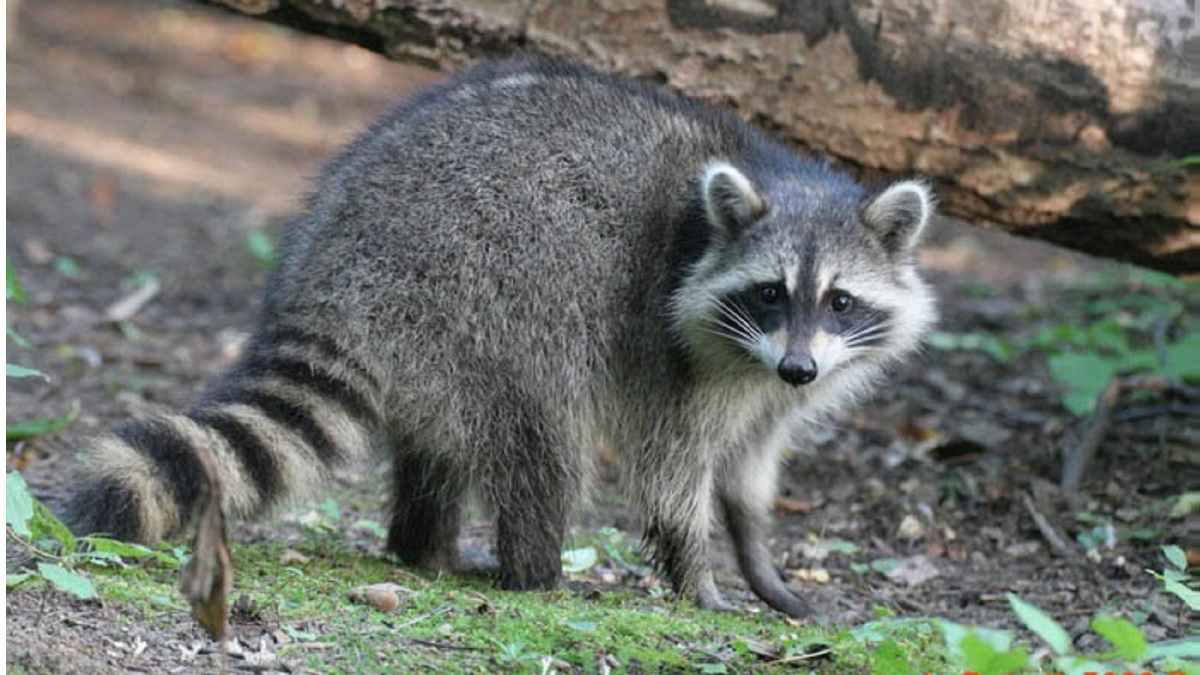Raccoons are known for their characteristic “masked” appearance and ringed tail with alternating black and white stripes. Though this distinctive look can make them appear cute or interesting to people, it may not seem to offer the obvious evolutionary benefits that, for example, strips have for a tiger. Since many residents who call wildlife control in Okanagan wonder what exactly raccoons’ fur patterns are for, here is a brief guide on what we know so far.
Colouration in Nature
Almost nothing in evolution occurs by accident. When you see a set of particular traits across an entire animal species, therefore, it is generally safe to assume that they serve some purpose. Markings are always important indicators of what a species needs most, as an animal can only have one set of markings at any given time to help them survive.
Though humans are still decoding the functions of common markings in mammals and other animals, there are a few standard ones we have come to recognize. Generally, patterns in nature are used for mating, camouflage, signaling, threatening or disguising. Often, patterns reflect a creature’s surrounding environment. Tigers, for example, hunt in grasslands, so they have vertical stripes. Jaguars hunt in forests, so they have patterns that look like leaves. Here are a few common patterns and their uses:
- Bright colours — indicate poisons
- Environmental camouflage — conceals the wearer
- Striped tails — communicates location and other information
- Elaborate patterns in males only — attracts females
Raccoons and Their Behaviour
Although it is impossible to know for sure why an animal has developed a certain trait, we can use raccoons’ behaviour to infer the purpose of their patterning. Raccoons are highly social, nocturnal animals. They also have several natural predators that are happy to make a meal of raccoon parents and young. Camouflage, therefore, is one possible purpose of their patterns, while communication is another.
Raccoon babies, or “kits,” are known to follow their parents closely as they go about their nightly activities. Since raccoons have relatively good vision during the day and excellent night vision, striped patterns may provide a visible reference point for young to follow in the darkest hours of the night.
Because not even the most night-adapted species can see as well at night as they can during the day, predators often use animal silhouettes, rather than clear vision to identify prey. Raccoon tails, masks and bodily patterning may serve to break up animals’ silhouettes in a similar manner to certain military camouflages. A predator attacking at night may choose to go for a more visible tail, rather than a more uncertain raccoon body. This could potentially give the animal a critical chance to escape to reproduce another day.
Raccoon Removal
Though we may never know exactly how raccoon’s colorations evolved, raccoons have certainly become well known to humans for their distinctive appearance. If you have spotted raccoons around your home, there is a chance they may also have located areas around your house or apartment that could serve as entryways. Because raccoons are experts at exploiting gaps and breaches in siding, roofing and porch areas, it is important that you seal up such areas as effectively as possible.
If you have inspected your home and have discovered that your property already hosts a family of raccoons, you should call wildlife removal services as soon as possible. At Skedaddle, we remove animals humanely so they stand a great chance of safely relocating. Whenever kits or young juveniles are involved, we place animals in a heated box that mothers can revisit to carry them to a safe place. For ethical and effective removal services, contact Skedaddle Humane Wildlife Control today.







